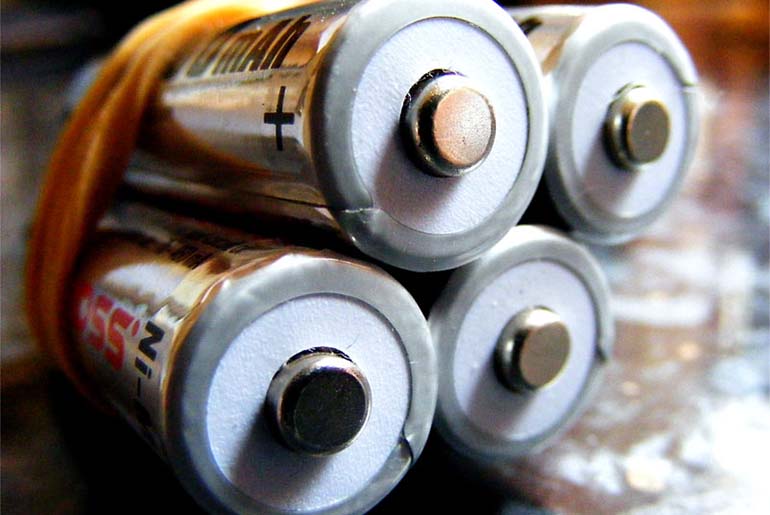In a recent study published in Chemistry of Materials, a research team led by Professor Kenjiro Fujimoto, Professor Akihisa Aimi from Tokyo University of Science, and Dr. Shuhei Yoshida from DENSO CORPORATION, discovered a stable and highly conductive Li-ion conductor in the form of a pyrochlore-type oxyfluoride.
According to Fujimoto, “Making all-solid-state lithium-ion secondary batteries has been a long-held dream of many battery researchers. We have discovered an oxide solid electrolyte that is a key component of all-solid-state lithium-ion batteries, which have both high energy density and safety. In addition to being stable in air, the material exhibits higher ionic conductivity than previously reported oxide solid electrolytes.”
The pyrochlore-type oxyfluoride studied in this work can be denoted as Li2-xLa(1+x)/3M2O6F (M = Nb, Ta). It underwent structural and compositional analysis using various techniques, including X-ray diffraction, Rietveld analysis, inductively coupled plasma optical emission spectrometry, and selected-area electron diffraction. Specifically, Li1.25La0.58Nb2O6F was developed, demonstrating a bulk ionic conductivity of 7.0 mS cm⁻¹ and a total ionic conductivity of 3.9 mS cm⁻¹ at room temperature. It was found to be higher than the lithium-ion conductivity of known oxide solid electrolytes. The activation energy of ionic conduction of this material is extremely low, and the ionic conductivity of this material at low temperature is one of the highest among known solid electrolytes, including sulfide-based materials.
Exactly, even at –10°C, the new material has the same conductivity as conventional oxide-based solid electrolytes at room temperature. Furthermore, since conductivity above 100 °C has also been verified, the operating range of this solid electrolyte is –10 °C to 100 °C. Conventional lithium-ion batteries cannot be used at temperatures below freezing. Therefore, the operating conditions of lithium-ion batteries for commonly used mobile phones are 0 °C to 45 °C.
The Li-ion conduction mechanism in this material was investigated. The conduction path of pyrochlore-type structure cover the F ions located in the tunnels created by MO6 octahedra. The conduction mechanism is the sequential movement of Li-ions while changing bonds with F ions. Li ions move to the nearest Li position always passing through metastable positions. Immobile La3+ bonded to F ion inhibits the Li-ion conduction by blocking the conduction path and vanishing the surrounding metastable positions.
Unlike existing lithium-ion secondary batteries, oxide-based all solid-state batteries have no risk of electrolyte leakage due to damage and no risk of toxic gas generation as with sulfide-based batteries. Therefore, this new innovation is anticipated to lead future research.
Fujimoto envisions, “The newly discovered material is safe and exhibits higher ionic conductivity than previously reported oxide-based solid electrolytes. The application of this material is promising for the development of revolutionary batteries that can operate in a wide range of temperatures, from low to high. We believe that the performance required for the application of solid electrolytes for electric vehicles is satisfied.”
Notably, the new material is highly stable and will not ignite if damaged. It is suitable for airplanes and other places where safety is critical. It is also suitable for high-capacity applications, such as electric vehicles, because it can be used under high temperatures and supports rapid recharging. Moreover, it is also a promising material for miniaturization of batteries, home appliances, and medical devices.
In summary, researchers have not only discovered a Li-ion conductor with high conductivity and air stability but also introduced a new type of superionic conductor with a pyrochlore-type oxyfluoride. Exploring the local structure around lithium, their dynamic changes during conduction, and their potential as solid electrolytes for all-solid-state batteries are important areas for future research.

